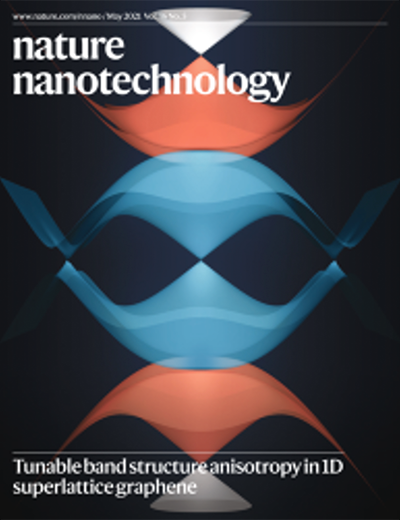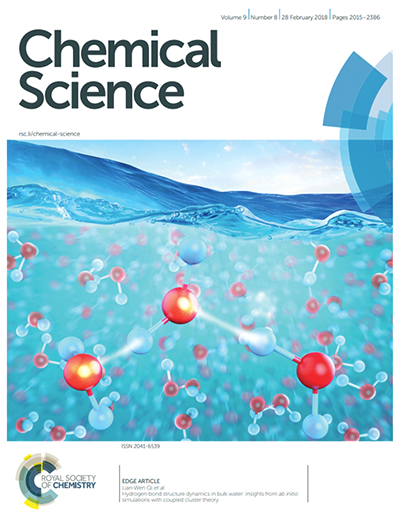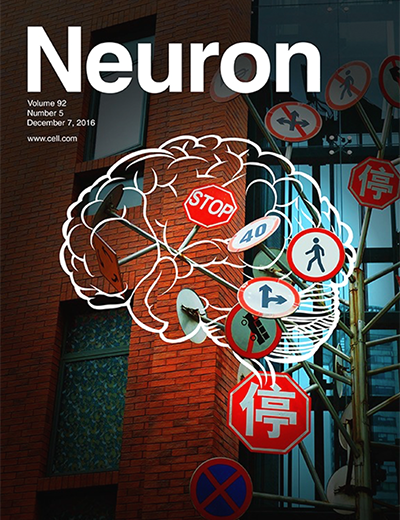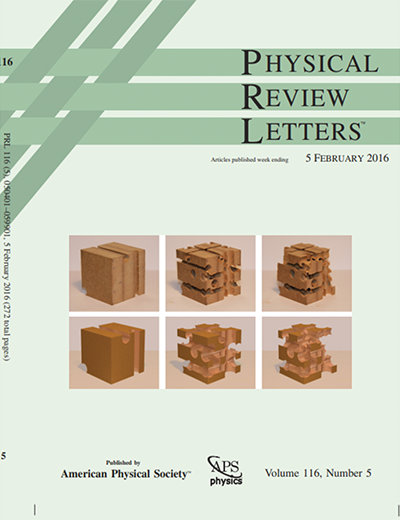In a work published in Nature Nanotechnology, Pilkyung Moon and collaborators established a robust and versatile technique for band structure engineering of graphene by using an one-dimensional periodic potential.
Image reprinted/reproduced and used with permission by/from Springer Nature Customer Service Centre GmbH: Springer Nature. Yutao Li, Scott Dietrich, Carlos Forsythe, Takashi Taniguchi, Kenji Watanabe, Pilkyung Moon, and Cory R. Dean. "Anisotropic band flattening in graphene with one-dimensional superlattices." Nature Nanotechnology 16, 5 (2021): 525-530. Copyright 2021.











 沪公网安备31011502017015号
沪公网安备31011502017015号